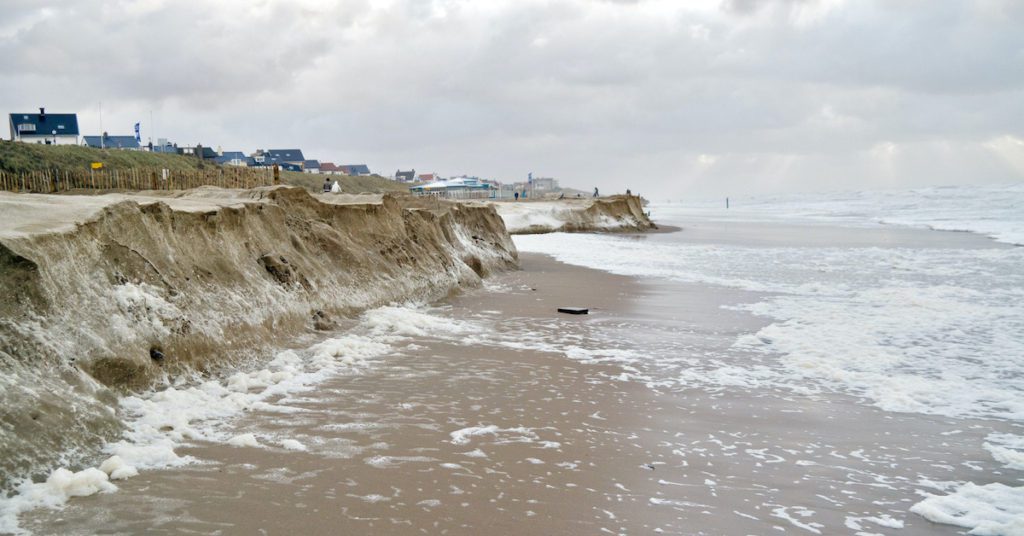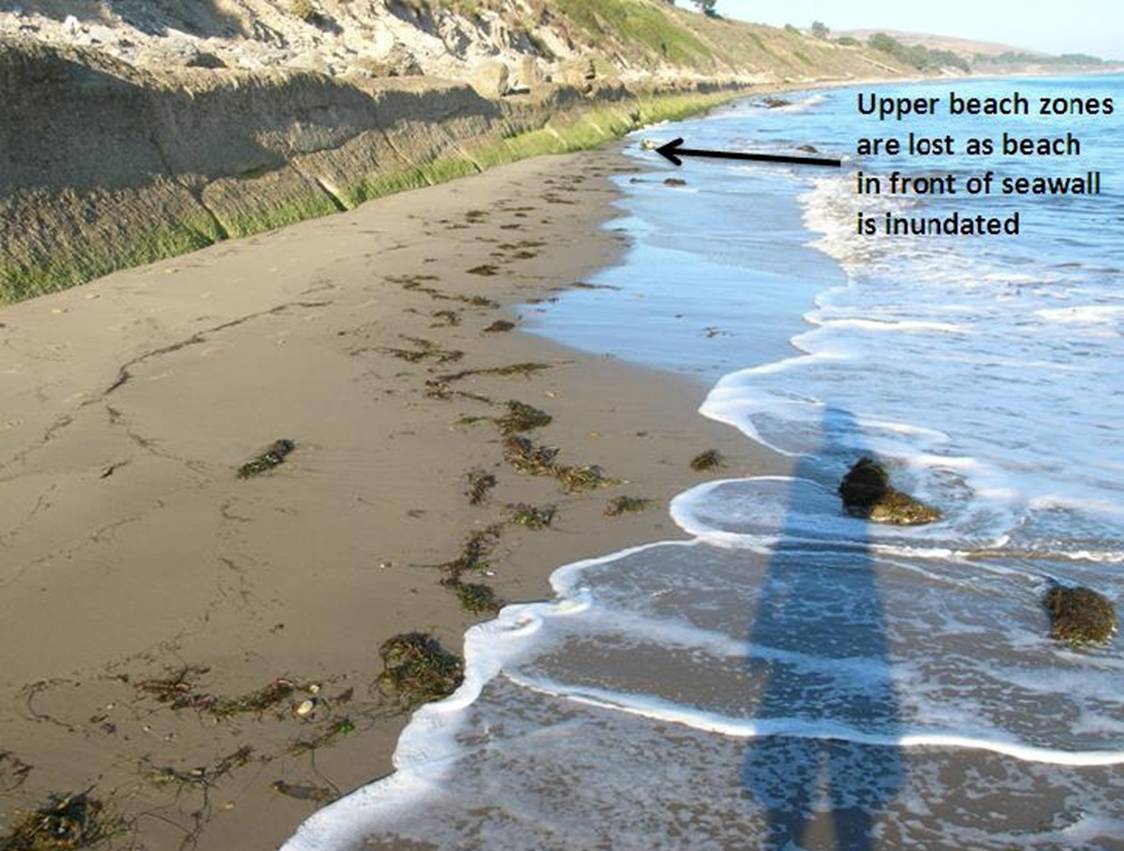Examine This Report on Shore Protect Team
Table of Contents10 Easy Facts About Shore Protect Team ExplainedGetting My Shore Protect Team To WorkSome Known Incorrect Statements About Shore Protect Team Fascination About Shore Protect TeamLittle Known Facts About Shore Protect Team.Not known Facts About Shore Protect TeamOur Shore Protect Team Ideas
Decline in residential or commercial property worth: As the area tourist is influenced by disintegration, so after that is the economy. Purchasers are less likely to look for a coastline house that could be destroyed at any moment by the impending flooding and disintegration emergency situation. Subsequently, building worth can go down greatly and influence the whole area.Whether a beach is just small and crowded or needs to close entirely for the security of the community and nearby buildings, this greatly affects tourism. Consequently, local economies are influenced (https://ask-dir.org/Shore-Protect-Team_366364.html). Danger of injury: The enhanced risk of flooding and structural failings creates an increased risk of injury to neighboring visitors and neighborhood participants

is home to greater than 84,240 miles of coastline with 41% of it exposed to the open sea. Coastal designers supervise of safeguarding the shore against adjustments by reducing the harmful effects of both all-natural and man-made events. Shoreline stabilization is straight related to their job. Waterside resorts: Because coastline erosion effects tourism, it affects the success of waterfront resorts.
The smart Trick of Shore Protect Team That Nobody is Discussing
Coastal industrial businesses: No tourists suggests no service. Coastal state parks: State parks that exist along coastlines are at threat of damage.
Soft stabilization is a better remedy for the setting and even more sustainable overall. Difficult stablizing makes use of man-made structures as protection to manage erosion. Normally, these structures are set up at ideal angles or alongside quit sand activity and lessen the force of waves. The majority of types of difficult stabilization like seawalls and sheet steel are not perfect for shoreline stabilization.
Shore Protect Team Fundamentals Explained
There's also insufficient proof of their efficiency depending on the sort of shoreline and regional conditions. Difficult stabilization strategies have a tendency to be much more hard to set up and don't match the all-natural visual, standing out like an aching thumb and hurting local ecosystems in several scenarios. Coastline nutrition is the procedure of adding lost sand and debris back to beaches after erosion has actually happened.
TrapBags help in the process of beach nourishment by safeguarding natural ecosystems and enabling plants to expand. While this process can be expensive and is not irreversible, the pros have a tendency to surpass the cons. TrapBag barriers deal many homes that make them excellent for coastal and riverbank disintegration defense. They're: Eco-friendly: You can use indigenous dirt both to border and to fill up the TrapBags.

9 Simple Techniques For Shore Protect Team
They can additionally be set up without any type of heavy equipment. Inexpensive: TrapBags are perfect for both small and huge areas of coastline.
Combined with a high building and construction price, this has led to increasing usage of other soft design seaside management alternatives such as beach replenishment. Seawalls are constructed from different materials, the majority of frequently reinforced concrete, rocks, steel, or gabions. Various other possible building and construction materials consist of plastic, wood, light weight aluminum, fiberglass composite, and naturally degradable sandbags constructed from jute and coir. The appropriate seawall style relies upon location-specific elements, including surrounding erosion procedures. There are three primary sorts of seawalls: vertical, bent, stepped, and mounds (see table listed below). A record published by the United Nations Atmosphere Program (UNEP) suggests that the tsunami of 26 December 2004 created less damage in the locations where natural obstacles existed, such as mangroves, coral reefs or seaside vegetation.
All-natural obstacles, such as coral reefs and mangrove forests, avoid the spread of tidal waves and the circulation of seaside waters and reduced the flood and surge of water. A cost-benefit technique is a reliable way to identify whether a seawall is proper and whether the benefits deserve the cost.
The 45-Second Trick For Shore Protect Team
A seawall is a static feature which can contrast with the dynamic nature of the shore and restrain the exchange of debris between land and sea. The table below summarizes some favorable and adverse impacts of seawalls which can be utilized when comparing their effectiveness with various other coastal management options, such as coastline nourishment. [] Benefits and downsides of seawalls according to Short (1999) Advantages Disadvantages Long-term remedy in comparison to soft beach nutrition.

This can cause beaches to dissipate, rendering them useless for coastline goers. Usually, seawalls can be an effective way to regulate seaside erosion, however just if they are built well and out of materials that can endure the pressure of ongoing wave energy. Some understanding is needed of the seaside processes and morphodynamics particular to the seawall area.
Shore Protect Team for Beginners
Combined with a high building price, this has brought about increasing use other soft design seaside management options such as coastline replenishment. Seawalls are built from different materials, most generally enhanced concrete, stones, steel, or gabions. Other possible building materials include plastic, wood, light weight aluminum, fiberglass composite, and naturally degradable sandbags constructed from hemp and coir. The suitable seawall layout depends on location-specific facets, consisting of surrounding erosion processes. There are 3 main kinds of seawalls: vertical, curved, tipped, and piles (see table below). A record released by the United Nations Setting Programme (UNEP) recommends that the tsunami of 26 December 2004 created less damages in the locations where all-natural barriers were present, such as mangroves, reef or coastal vegetation.
Natural obstacles, such as coral reefs and mangrove forests, prevent the spread of tidal waves and the flow of coastal waters and reduced the flooding and surge of water. A cost-benefit strategy is an effective means to establish whether a seawall is proper and whether the benefits are worth the cost.
The Best Guide To Shore Protect Team
A seawall is a static attribute which can contravene the vibrant nature of the coastline and hinder the exchange of debris in between land and sea. The table below sums up some positive and adverse results of seawalls which can be utilized when contrasting their efficiency with various other coastal administration options, such as coastline nutrients. [] Benefits and disadvantages of seawalls according to Short (1999) Benefits Negative aspects Lengthy term remedy in contrast to soft coastline sustenance. seawall installation.

This can trigger coastlines to dissipate, providing them useless for beach goers. Generally, seawalls can be a successful way to manage coastal disintegration, however just if they are created well and out of products that can hold up against the pressure of ongoing wave energy.